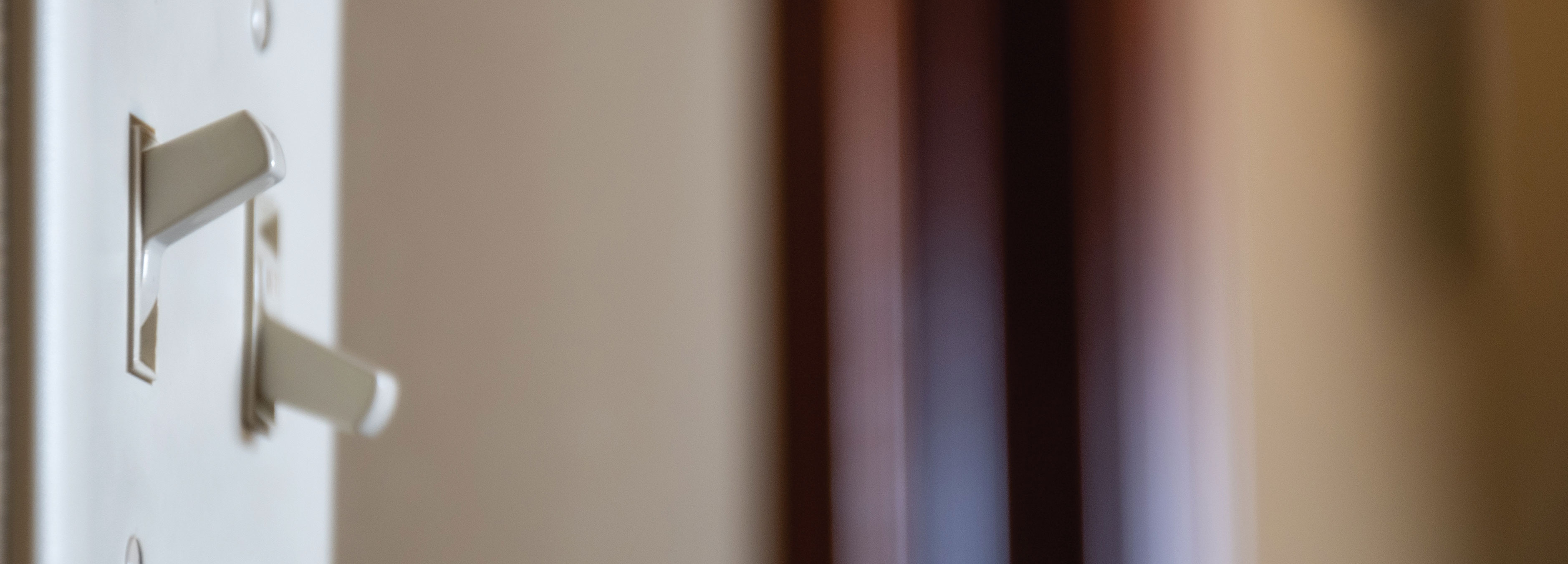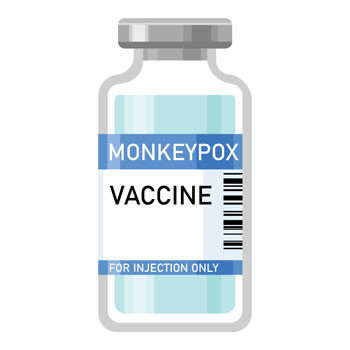
No easy ‘off switch’ for low back pain
There's no easy way to cure low back pain, but recommending a mix of therapies along with a dose of reassurance can often provide patients a measure of relief.
Low back pain regularly drives patients desperate for relief to their primary care physician's office.
“As physicians, we want to be able to cure their pain,” said Bruce Landon, MD, MBA, FACP, a professor of health care policy and medicine at Harvard Medical School in Boston. “But we don't really have a magic switch that we can flick to turn off their pain.”
Meanwhile, treatment for low back and neck pain makes up a large proportion of U.S. health spending, totaling $134.5 billion in 2016, the highest figure among 154 conditions studied in a March 3, 2020, analysis in JAMA. The rate of increased annual spending—6.7% between 1996 and 2016—surpassed the increase in cases, 1.1% annually during that same stretch. Researchers called the findings “particularly concerning” given the “lack of data demonstrating that newer therapies are any more effective than traditional low-cost treatments.”
Primary care physicians can offer an array of cost-effective treatment approaches that don't involve opioid prescribing or imaging tests. In its 2017 guideline on noninvasive approaches to acute, subacute, and chronic low back pain, ACP emphasizes trying nonpharmacologic approaches first, such as superficial heat, massage, or spinal manipulation. If medications are needed, NSAIDs should be considered first for acute and subacute back pain, as well as for chronic back pain, according to the guideline.
In short, there's no one-size-fits-all approach. But recommending a mix of therapies along with a dose of reassurance can often provide patients a measure of relief, Dr. Landon said. After ruling out worrisome causes such as cancer, Dr. Landon lets patients know that however frustrating it is, their pain is more likely to be a short-term issue than chronic.
“What you're trying to achieve for the patient is to get them through this acute episode, which is going to be mostly self-limiting,” he said. “It's really about trying to make this tolerable, so that they can get through it, and their body does its own healing.”
Nonpill approaches
Since patients have often had back pain before, physicians can make their job easier by asking which approach helped last time, said Steven J. Atlas, MD, MPH, FACP, an associate professor of medicine at Harvard Medical School and a primary care internal medicine physician at Massachusetts General Hospital who wrote an editorial accompanying the 2017 ACP guideline. “If they've had previous experience that's been helpful, take advantage of it,” he said.
In the ACP guideline, several nonpharmacologic options were described, including acupuncture, massage, spinal manipulation, and yoga. Most approaches rely on low-quality evidence, with a few exceptions. A heat wrap showed benefit for acute and subacute pain based on moderate-quality evidence, and exercise improved pain and function among patients with chronic pain.
Recommending nonmedication approaches first avoids the risk of side effects, Dr. Atlas noted, but he said there's little direct research evidence to support that approach compared to starting with medications for acute or subacute pain. The ACP guideline authors “are trying to get clinicians to rethink their approach to treating patients with new-onset low back pain,” Dr. Atlas said. “Still the traditional and I would say the most common treatment for patients seen by physicians for acute low back pain is medication.” Moreover, physical therapy, chiropractic care, and others can be out of reach for patients, particularly if they live in rural communities or have limited or no insurance coverage, he noted.
Access continues to be a hurdle, agreed Timothy J. Wilt, MD, MPH, MACP, Chair of ACP's Clinical Guidelines Committee, an author on the ACP guideline, and a professor of medicine and public health at the Minneapolis VA Health Care System. Plus, transportation and other logistics can pose a barrier, he said. “You're trying to stay with your job, but you've got to leave at one o’clock to go to massage therapy. And your boss is saying, ‘You've got to go where?’” But physicians can brainstorm workarounds, Dr. Wilt said, noting that sometimes stretching and physical therapy exercises can be completed at home with some brief instruction.
Similarly, William E. Fox, MD, FACP, an internal medicine physician in Charlottesville, Va., will work with patients based on their constraints. If a parent cares for young children and can't make it to physical therapy, he might provide exercise handouts or suggest an instructional video to watch.
Dr. Fox prefers to recommend physical therapy initially but recognizes that patients may prefer massage, acupuncture, or chiropractic care. “I think any of those are reasonable options,” he said. “And giving the patient a choice allows them to have some control over the treatment course they take, which makes them more invested in their treatment. Generally, they are going to improve regardless of the modality that they choose.”
Physicians also should try to determine if work dynamics might have contributed, said Sara E. Luckhaupt, MD, MPH, a board-certified preventive medicine physician at the National Institute for Occupational Safety and Health who is based in Cincinnati. “I think that a lot of work-related low back pain might be being missed because people [physicians] aren't asking how work might be influencing them,” she said.
Dr. Luckhaupt was a coauthor on an analysis of 2015 data from a federal survey, published in 2019 in Annals of Internal Medicine, finding that 26.4% of workers had reported back pain in the prior three months and 8.1% had reported frequent and severe back pain, but just 21.4% and 23.7%, respectively, reported being told by a health professional that their pain was likely work-related.
If physicians know that work might be involved, they can consider whether the patient might be eligible for workers' compensation and provide guidance to guard against pain moving forward, such as better ways to lift heavy loads, Dr. Luckhaupt said.
Adding medication
To assess his patients' pain, Dr. Wilt pays close attention to how they get up and move, starting from when they leave the waiting room. “It's your moment to see them when they're at their most natural,” he said.
When examining patients, his questions focus more on where the pain is centered and how it impacts their daily functioning. “I'm less likely to say, ‘Tell me on a scale of 1 to 10 how painful it is,’ but rather, ‘Tell me what kind of things you cannot do that you would like to do, and you used to be able to do before this.’”
Dr. Wilt typically won't suggest imaging unless he identifies potential red flags, such as trauma from a car accident. Another sign might be an older adult reporting pain that runs along the spine, which might indicate cancer or a compression fracture caused by osteoporosis.
Once those potential issues have been ruled out, Dr. Wilt prefers to avoid pills if feasible. One alternative is to suggest a topical NSAID, prescription or over the counter, which can be applied to the painful area without the possible side effects of swallowing a pill, he said.
He also will sometimes recommend lidocaine patches. They aren't mentioned in the ACP guideline, Dr. Wilt noted, because solid data aren't available. “But anecdotally I think a lot of clinicians use it [the patch] and a lot of patients find that it might be useful for a couple of days.”
Unlike its previous guideline, which was published in 2007, ACP's 2017 update doesn't include acetaminophen as an option. A large randomized study, published in 2014 in Lancet, found that patients assigned to acetaminophen didn't recover any faster over three months than those assigned to placebo.
The 2017 guideline does provide some support for prescribing a muscle relaxant for acute or subacute pain. But there's still uncertainty about clinical effectiveness and safety, according to a meta-analysis published in 2021 by BMJ. Large placebo-controlled trials “are urgently needed to resolve uncertainty,” the authors wrote.
Several potential remedies for acute or subacute pain were not recommended. Research hasn't shown a benefit with systemic corticosteroids, and the guideline also found insufficient evidence of effectiveness for other medicines, including antidepressants, benzodiazepines, and antiseizure medications.
For patients with chronic pain, the guideline suggests NSAIDs first, followed by tramadol or duloxetine as a second-line therapy, if nonpharmacological approaches don't provide sufficient relief. But clinical practice, as physicians describe it, often involves a mix of approaches, tailoring them to patients' symptoms and preferences if there are no contraindications.
For instance, Dr. Fox does not completely steer clear of muscle relaxants, saying they can occasionally be added as an adjunct to other treatments. “In some cases, if you feel that there is a muscle spasm or if the patient has responded to that [medication] previously, that could be a good choice,” he said.
And though the guideline doesn't recommend acetaminophen, Dr. Landon said he'll sometimes suggest that suffering patients alternate acetaminophen with NSAIDs in the hope of providing some relief.
“We don't disagree that they need to have their pain controlled,” he said. “We just don't have a humongous number of options to do that.”
Conversations and mindset
Recently, Dr. Atlas has made more of an effort to risk stratify patients up-front, such as with the Keele STarT Back Screening Tool, to sort through who might be able to manage back pain at home with some low-key measures and who might require some intervention. “I think more about trying to identify individuals for early physical treatment who I think are at higher risk for persistent or prolonged symptoms,” he said.
Some patients gain relief after hearing that their pain, however bad, doesn't signal a significant problem, Dr. Atlas said. “Many people think that if the pain is severe, it must be due to something dangerous,” he said. “Muscle spasms can be incredibly painful, but that's not necessarily a dangerous or serious medical condition.”
Dr. Atlas also educates his patients to stay mobile and stave off muscle weakness that can exacerbate or prolong symptoms, ideally getting up every 20 to 30 minutes. Also, he talks through potential ways to modify activities, such as avoiding low soft chairs, which can be more difficult to rise from and lead to back spasms.
With some patients, a referral to a psychologist or another mental health clinician can be helpful, Dr. Fox said. He's more likely to take that step with patients who have chronic back pain, where anxiety or depression might play a role.
When working with patients to ease pain, however long it's been going on, it's important that they feel like it's a team effort and they won't be abandoned, “that there's good communication and that you're going to come up with a treatment plan together,” said Dr. Fox, echoing a point stressed by other physicians.
“Even though it may not work perfectly on the first iteration, you keep working with the patient until you refine the plan enough to get them reasonable relief,” he said. “And usually, you can. In most cases, you can do that.”



